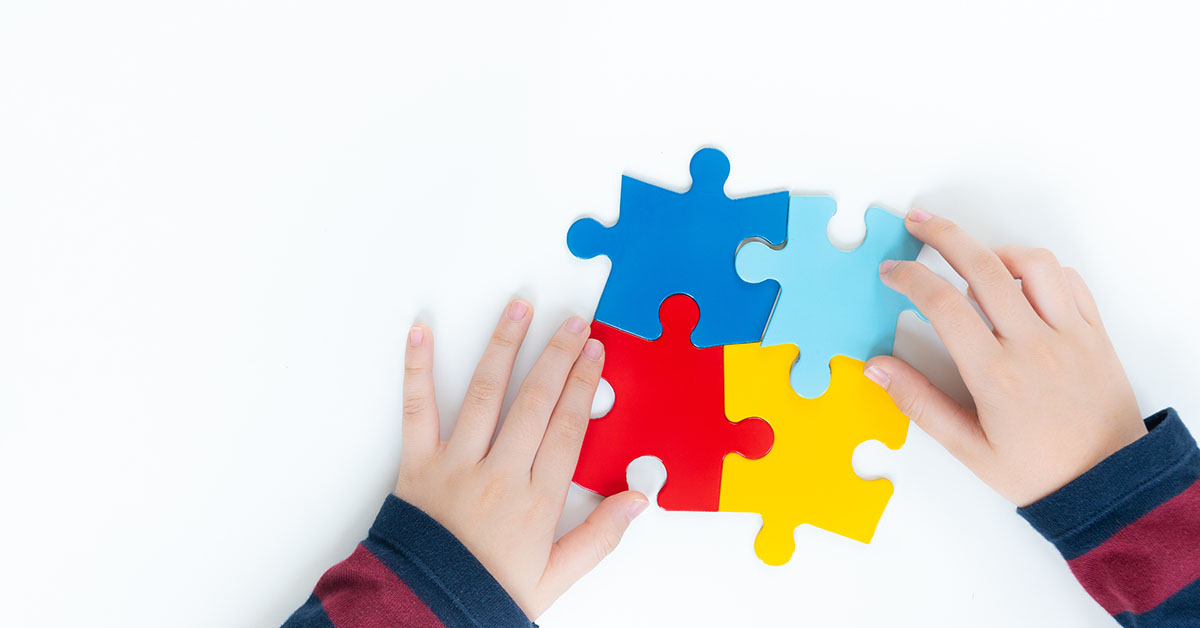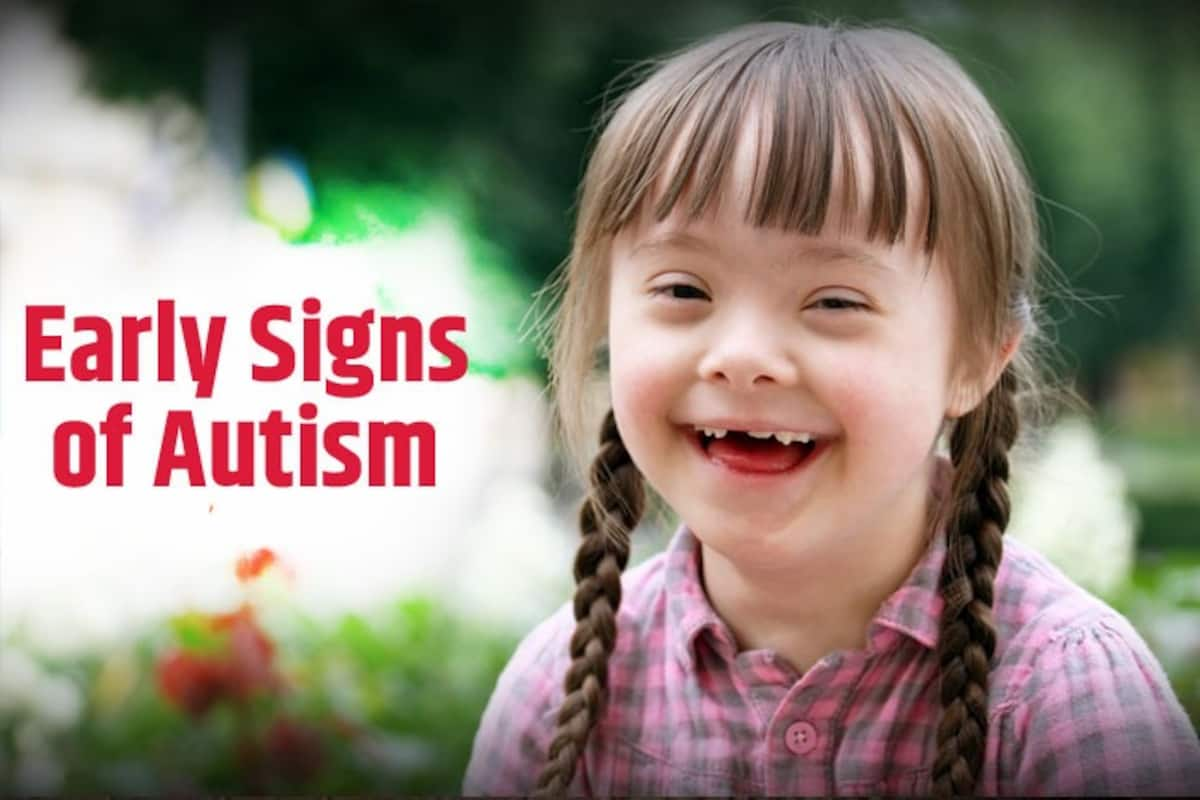The Impact of Early Treatment on Youngsters with Autism: What Moms And Dads Need to Know
The Impact of Early Treatment on Youngsters with Autism: What Moms And Dads Need to Know
Blog Article
Discovering Autism: Techniques for Effective Communication and Interaction
Reliable communication and interaction with people on the autism spectrum demand an extensive understanding of their special requirements and choices. Strategies such as utilizing clear language, utilizing aesthetic assistances, and cultivating consistent routines can substantially improve involvement and minimize stress and anxiety. Furthermore, identifying the value of non-verbal signs and shared interests paves the means for purposeful links. However, the intricacies of these methods expose additional considerations that merit exploration, particularly in exactly how they can be adapted to varied contexts and individual experiences. What might these adaptations look like in method?
Understanding Autism Spectrum Disorder
Autism Range Disorder (ASD) includes a variety of neurodevelopmental conditions identified by difficulties in social communication, communication, and recurring actions. The term "spectrum" mirrors the diverse indications and varying levels of seriousness experienced by people with ASD. While some might display substantial disabilities, others may show high-functioning traits, enabling better self-reliance in day-to-day live.
The start of ASD commonly takes place in early childhood years, with indications typically recognizable by age two. Early indicators may include postponed speech growth, restricted eye contact, and troubles in recognizing social signs. The specific etiology of ASD stays uncertain, research study suggests a mix of hereditary and environmental elements plays a critical function in its growth.
Individuals with ASD usually possess unique staminas, such as increased interest to detail and remarkable memory skills. They might struggle with recognizing abstract principles and managing modifications to regular - autism. As a result, treatments and support tailored to private requirements are necessary for cultivating interaction and social abilities. Identifying the complexity of ASD is essential for promoting understanding, approval, and efficient approaches that facilitate significant interactions with individuals on the range.

Importance of Clear Communication
Reliable interaction is crucial for promoting understanding and connection, particularly for individuals with Autism Range Condition (ASD) Clear interaction not just assists in social interactions but likewise enhances the person's capacity to reveal their emotions, requirements, and thoughts. For people with ASD, the subtleties of language can frequently be testing; consequently, using distinct and straightforward language is vital.
Moreover, clear interaction assists decrease frustration and anxiety that might develop from misunderstandings. When messages are communicated in a consistent and straight fashion, people with ASD are much better furnished to interpret details precisely, which can substantially enhance their social interaction and participation in various setups.
Establishing routines and utilizing aesthetic assistances can better strengthen clear interaction. These methods give people with predictable frameworks that help understanding and retention of details. Additionally, actively paying attention and being individual during interactions promotes a helpful atmosphere where individuals with ASD feel valued and recognized.
Eventually, prioritizing clear communication not just empowers people with ASD but also cultivates even more meaningful links with their peers, caretakers, and the broader area, leading the way for joint relationships and comprehensive communications. - autism
Non-Verbal Communication Strategies
Interaction extends beyond words, and for people with Autism Spectrum Condition (ASD), non-verbal signs play a significant function in communications. Non-verbal communication techniques can include faces, motions, body movement, and eye call, every one of which work as essential elements for communicating emotions and intentions.
Understanding and translating these non-verbal signals can read what he said enhance interactions with individuals with ASD. A cozy smile or open pose can produce an inviting atmosphere, urging involvement. Likewise, making use of visual help-- such as picture cards or icons-- can link communication voids and aid communicate messages much more properly.
It is likewise important to be conscious of personal area, as people with ASD may have various convenience levels concerning closeness. Observing their responses to physical distance can notify proper changes.

Creating Encouraging Settings
Developing an encouraging setting is critical for cultivating positive communications and boosting the well-being of people with Autism Spectrum Condition (ASD) Such atmospheres can significantly lower anxiousness and develop a sense of safety, permitting individuals to reveal themselves more openly.
To accomplish this, it is important to consider sensory level of sensitivities that individuals with ASD might experience. Modifying the physical space to include soft illumination, very little history sound, and comfortable seats can create a calming ambience. Additionally, using consistent routines and clear aesthetic routines can assist people anticipate shifts and reduce uncertainty, additional promoting comfort.
Social spaces should be structured to decrease frustrating stimulations while supplying opportunities for interaction in favored activities. Promoting areas assigned for peaceful time can also work as a sanctuary throughout moments of stress. Significantly, including elements of option equips people, enabling them to exercise agency in their atmosphere.

Urging Social Interactions
Cultivating click resources social communications among people with Autism Spectrum Disorder (ASD) requires intentional approaches that prioritize convenience and involvement. Developing predictable routines can assist decrease stress and anxiety, making social settings a lot more friendly. Producing structured settings with specified roles and responsibilities enables individuals to involve without the overwhelming pressure of unstructured social dynamics.
Incorporating rate of interests and staminas into social activities can work as a stimulant for communication. As an example, arranging team tasks around shared leisure activities or topics of fascination can promote all-natural discussions and links. In addition, making use of visual assistances, such as social scripts or pictorial timetables, can aid in comprehending social signs and expectations.
Designing appropriate social actions is essential - autism. Grownups and peers need to show efficient communication methods, including active listening and turn-taking. Role-playing circumstances can also provide a safe room for people to practice these abilities
Finally, fostering peer relationships with comprehensive practices is important. Encouraging inclusive playdates or team trips can produce possibilities for socialization in a comfortable setting. By implementing these approaches, instructors and caregivers can dramatically improve social interactions for individuals with ASD, promoting their overall social growth and wellness.
Conclusion
In verdict, efficient communication and communication techniques are essential for supporting people with Autism Spectrum Disorder. Eventually, these techniques encourage people with autism to browse social landscapes, advertising their general wellness see page and enabling the growth of long-term connections.
Efficient interaction and interaction with individuals on the autism spectrum demand a thorough understanding of their special requirements and preferences. Clear interaction not just facilitates social interactions yet also enhances the person's capacity to share their thoughts, feelings, and requirements.Cultivating social interactions amongst people with Autism Range Condition (ASD) requires intentional strategies that prioritize convenience and interaction. By executing these caretakers, educators and methods can considerably improve social communications for individuals with ASD, promoting their total social development and wellness.
In final thought, effective communication and interaction strategies are necessary for sustaining individuals with Autism Range Problem.
Report this page